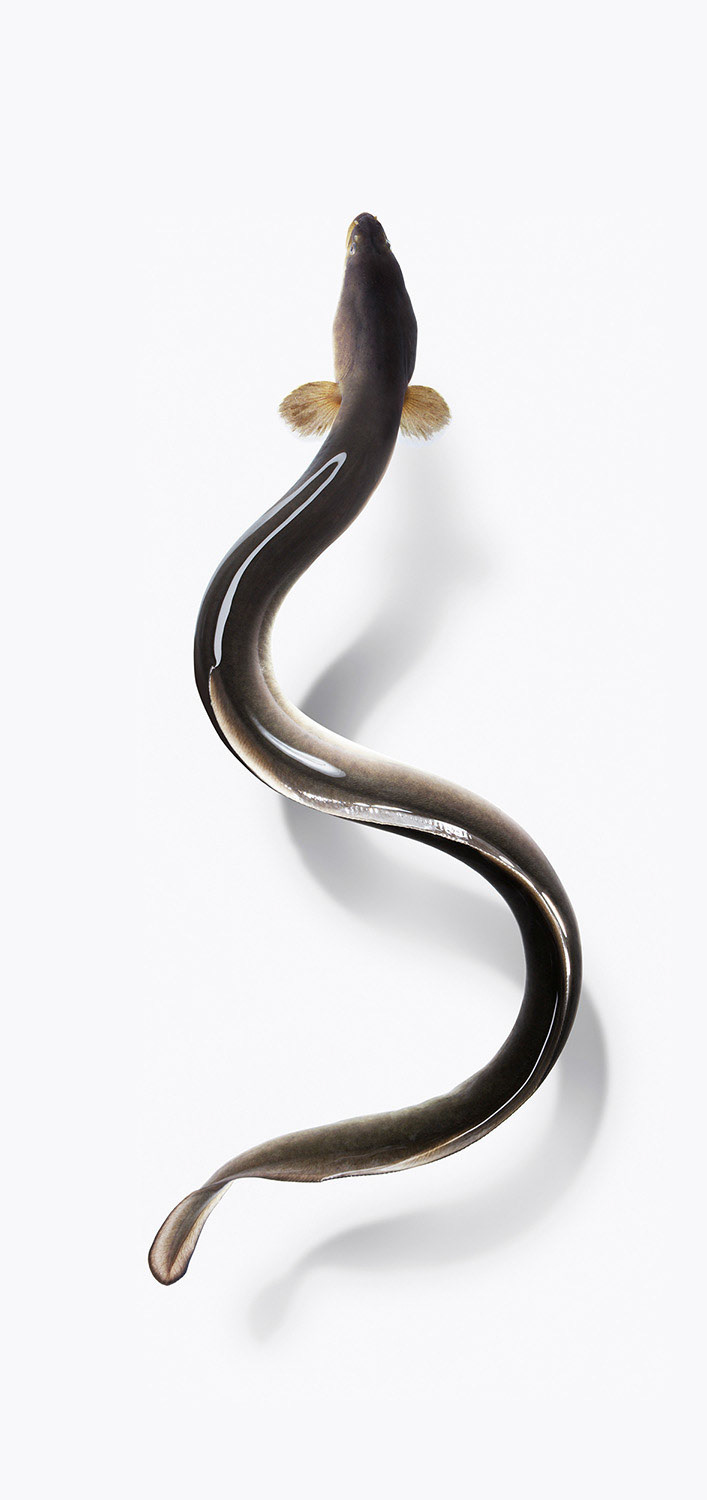All photos by Yusuke Nishibe. Used with Creative Commons permission.
Before photography became one of the primary tools for creative expression and documentary work, there were traditional art and printing techniques. Japan was a cradle of some of the most fascinating of these, including a nature printing method called Gyotaku. It’s safe to say that it inspired Yokosuka based Yusuke Nishibe to use photography as a way of paying tribute to the unique craft with his own digital version.
Gyotaku, which comes from the Japanese words gyo, meaning fish, and taku, meaning stone impression, is a traditional Japanese printmaking method. It uses fish, sea creatures, and other similar subjects to create imprints on washi (rice paper). The video above explains the origin of the art form, what it was used for, and the two methods used to create prints. If you’re curious about the process in action, you may also want to watch this video by Heather Fortner.
The art form has survived to this day, but purely for creative purposes instead of its documentary origins. Nishibe’s modern version, which is also named after the printing technique, is a testament to the enduring influence of gyotaku, even for the medium that replaced it as a documentary method. However, the series also stands on its own as a beautiful tribute to the beauty and diversity of marine life. Each photo looks amazingly lifelike, with the various fish seemingly floating against the white background. This is because he photographed them alive, as we can see in the ‘behind the scenes’ photos he shared.
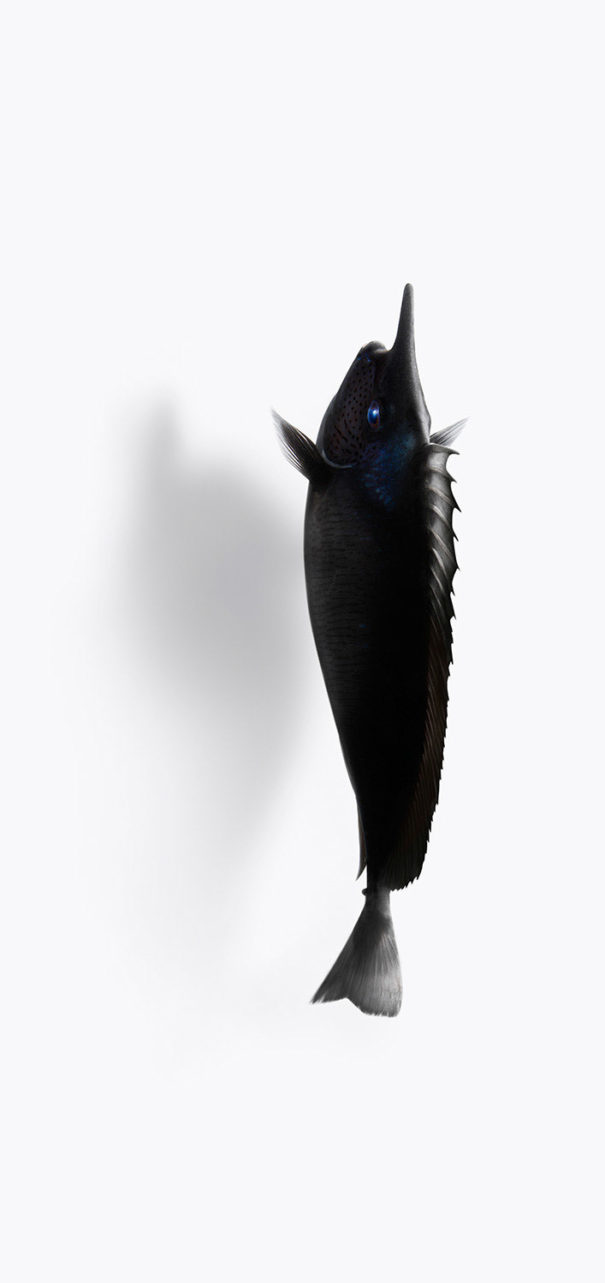
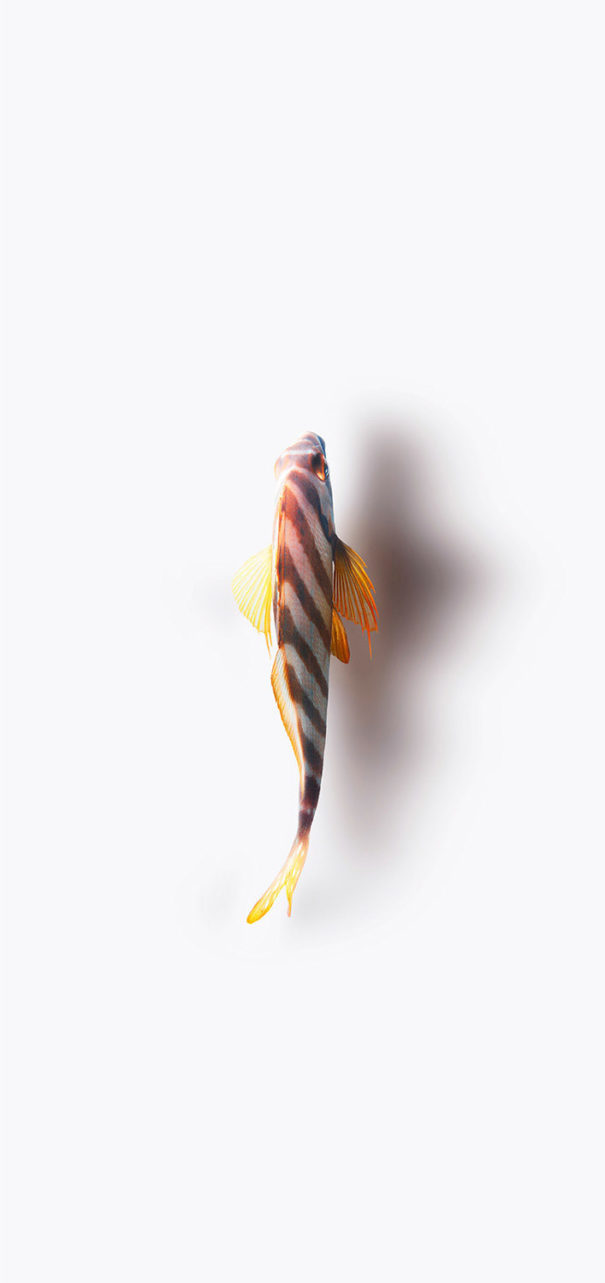
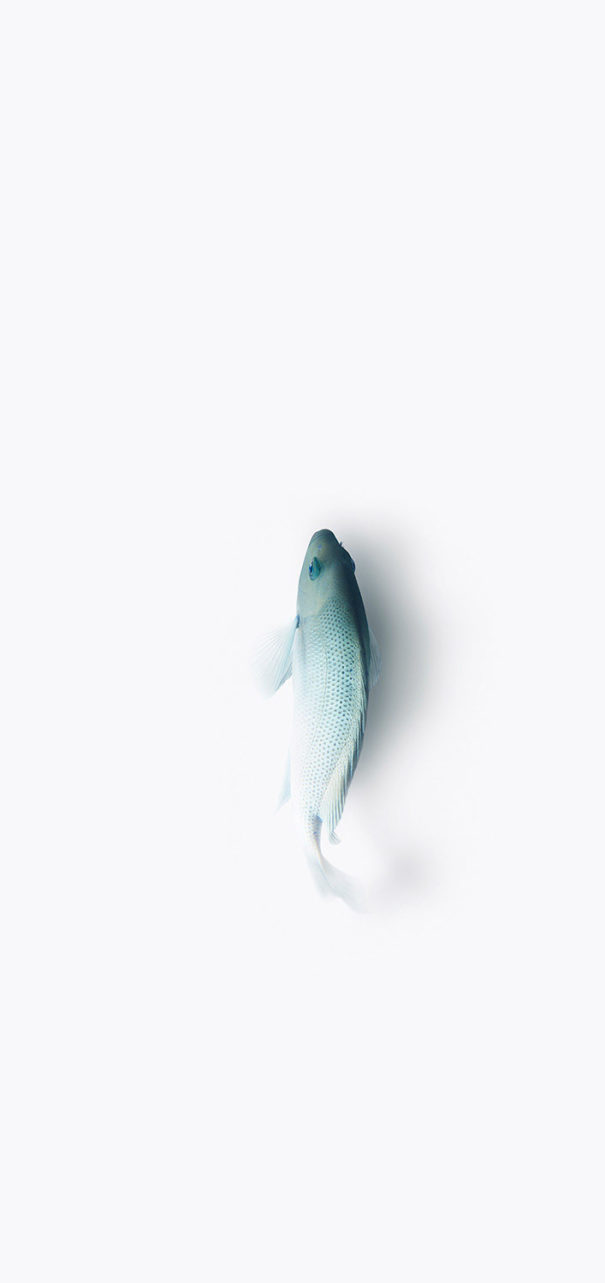
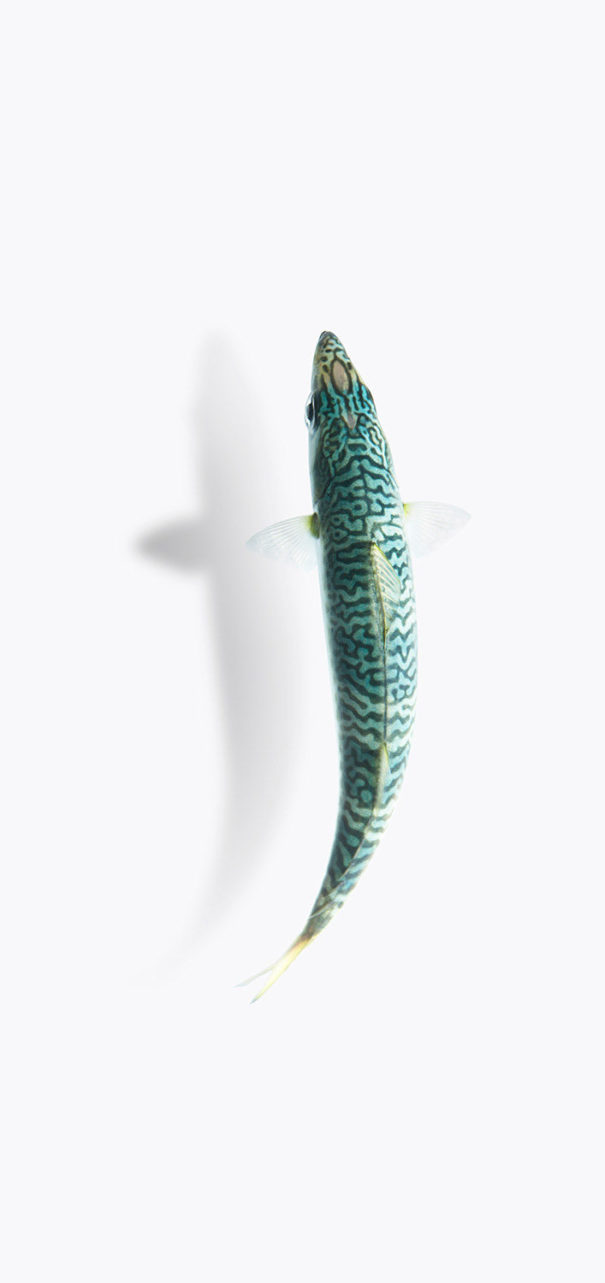
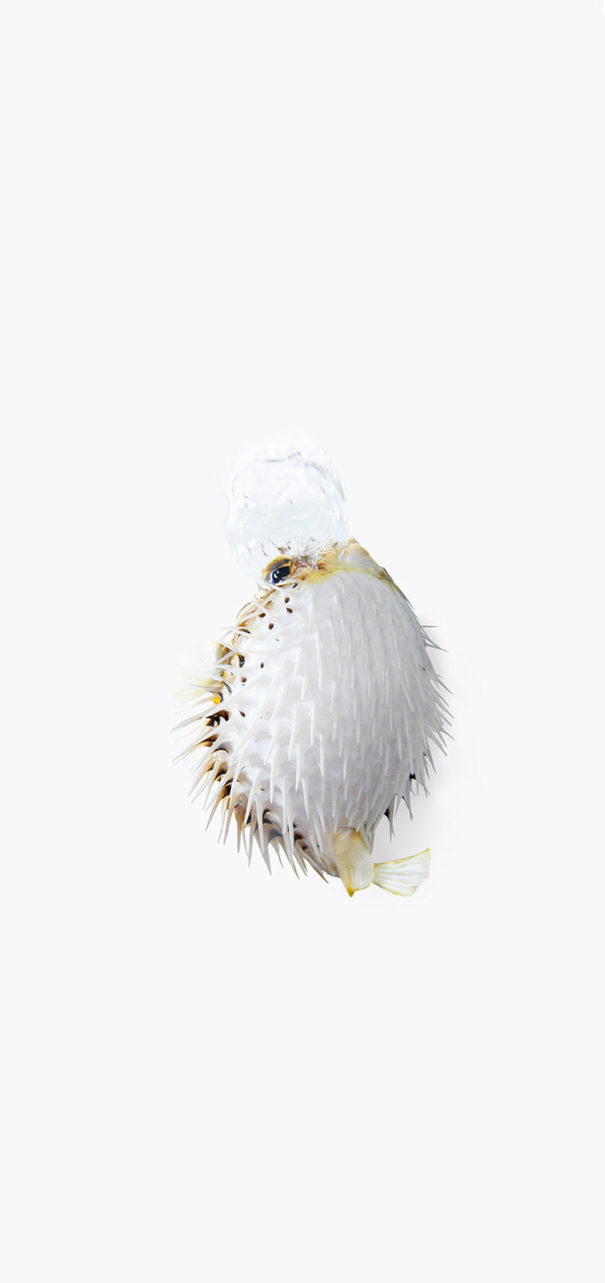
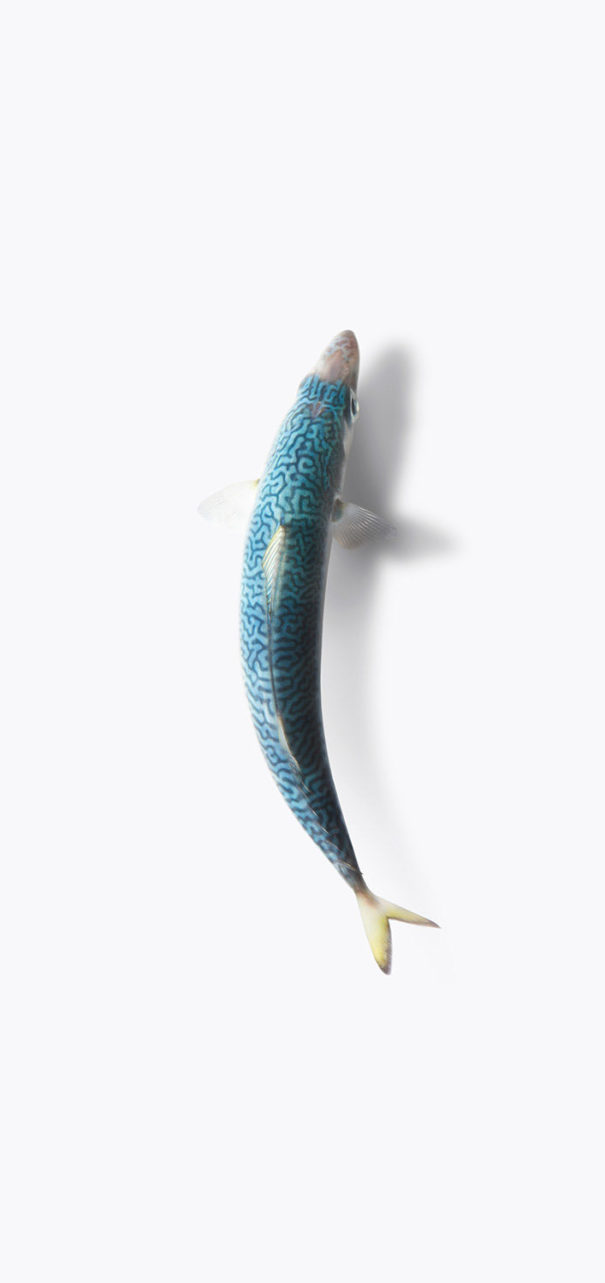
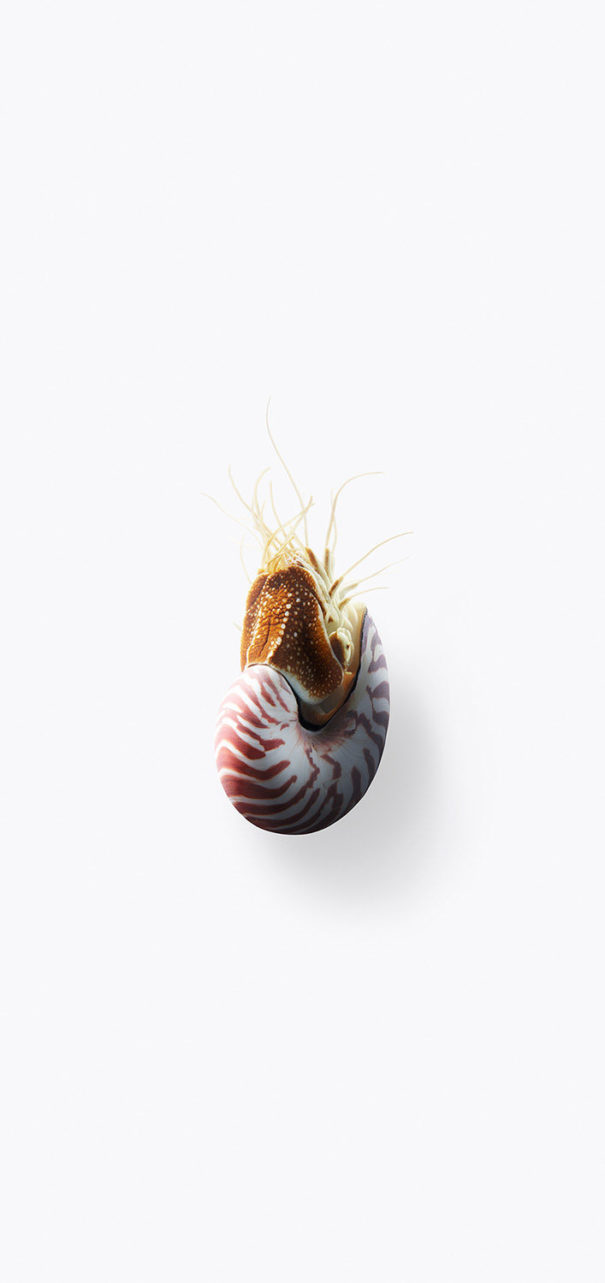
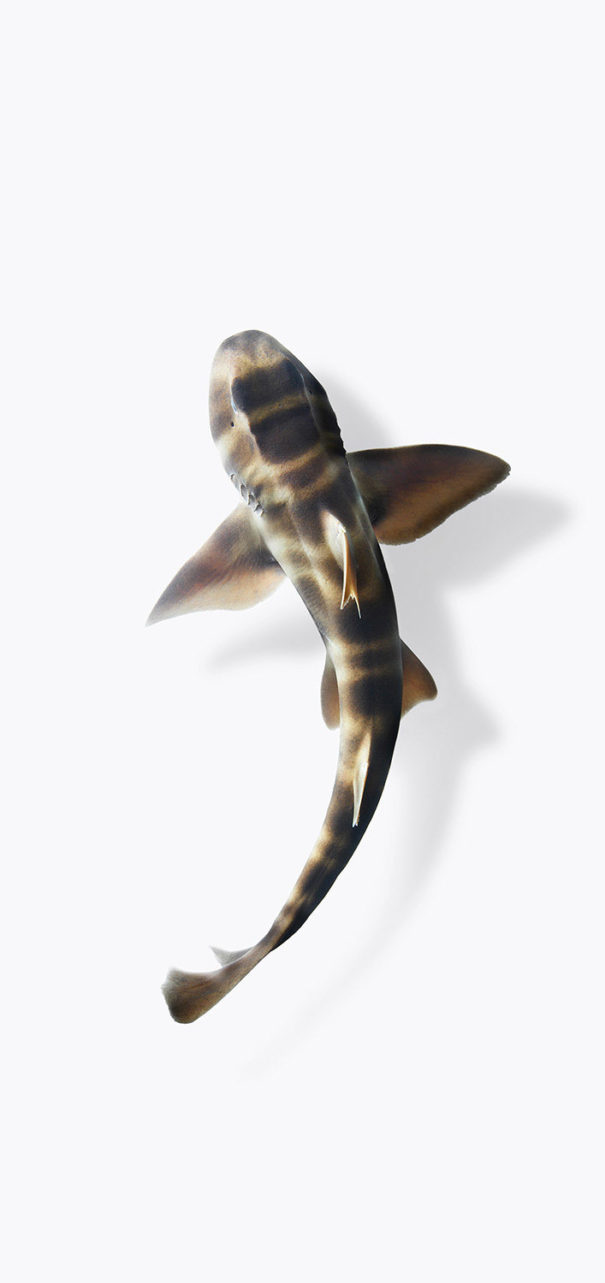
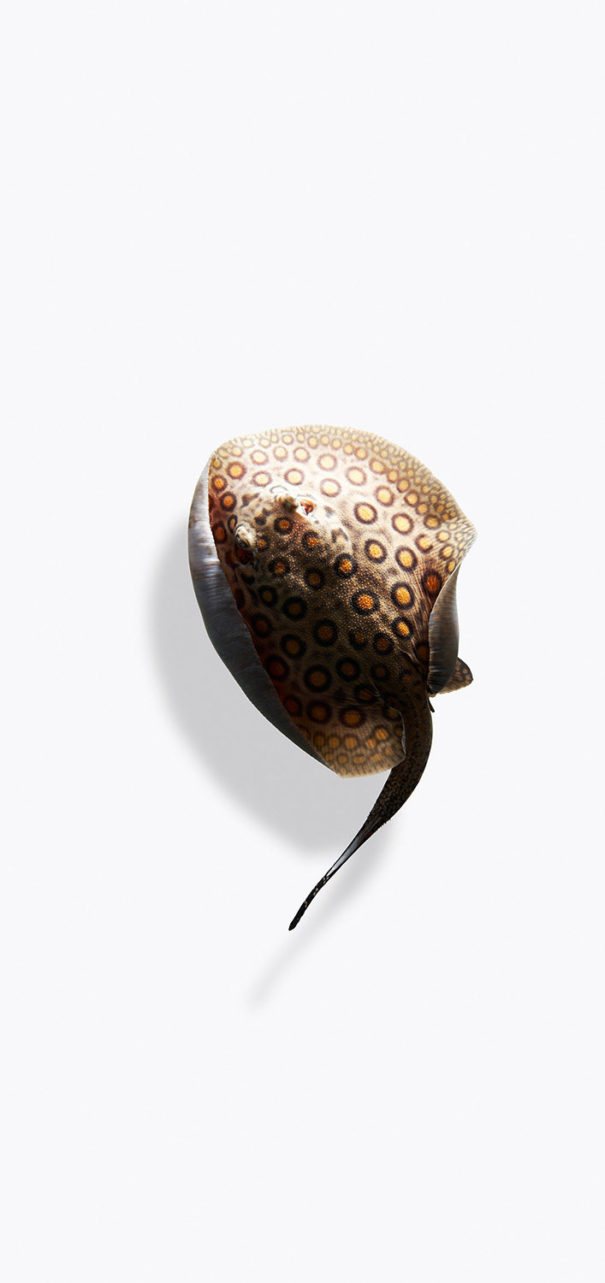
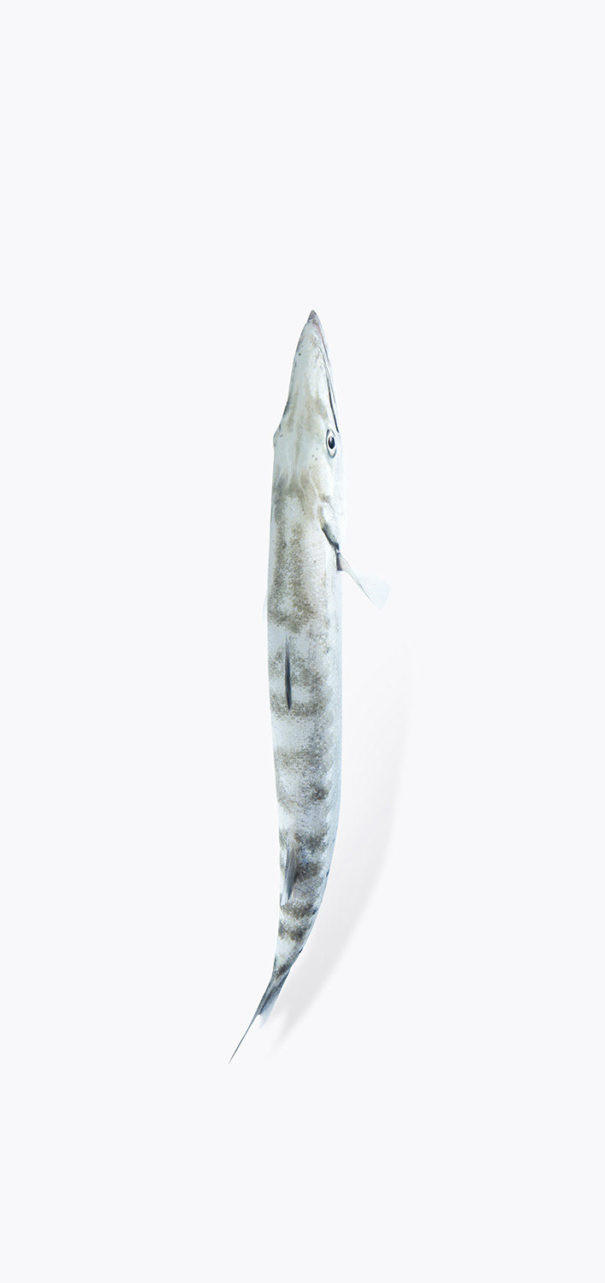
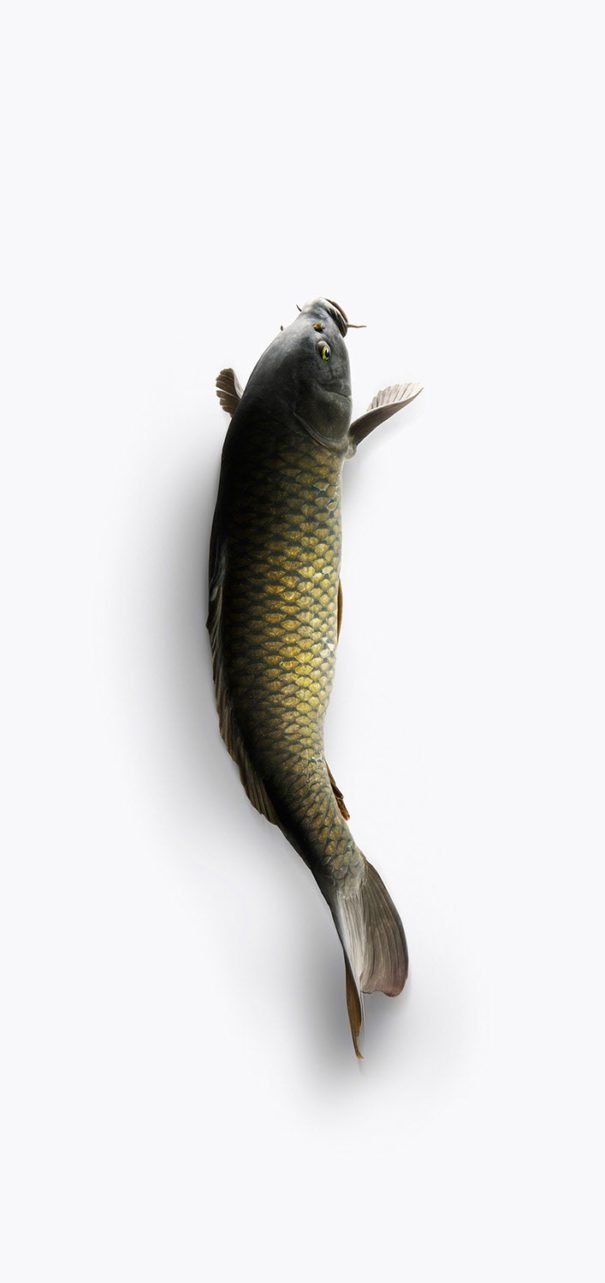
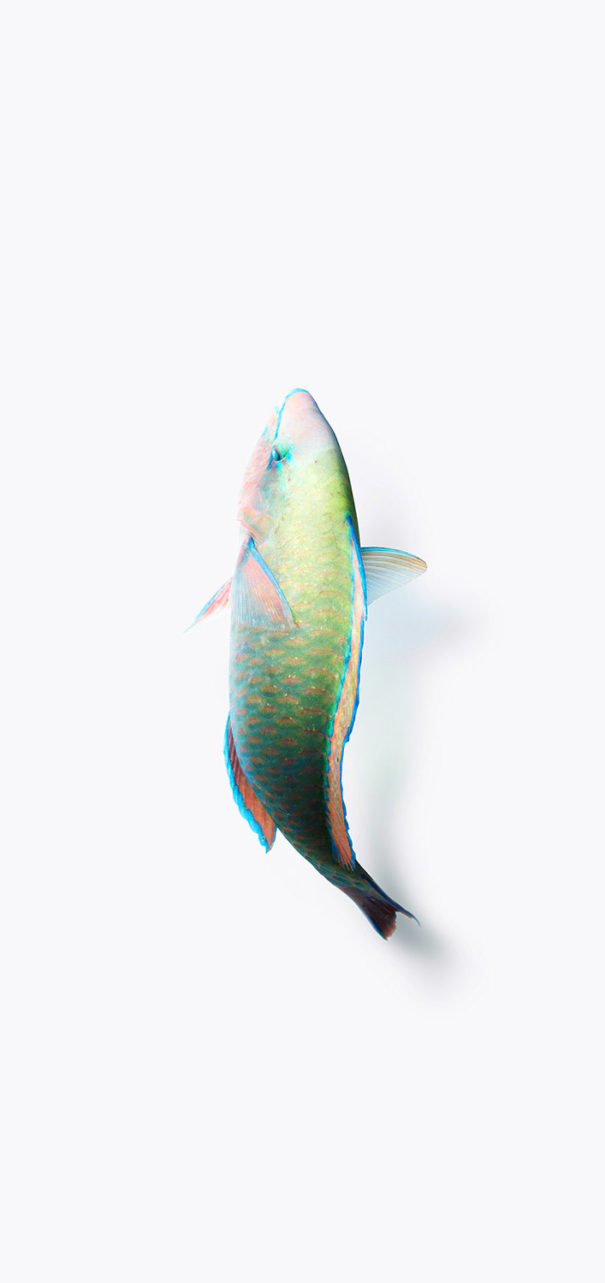
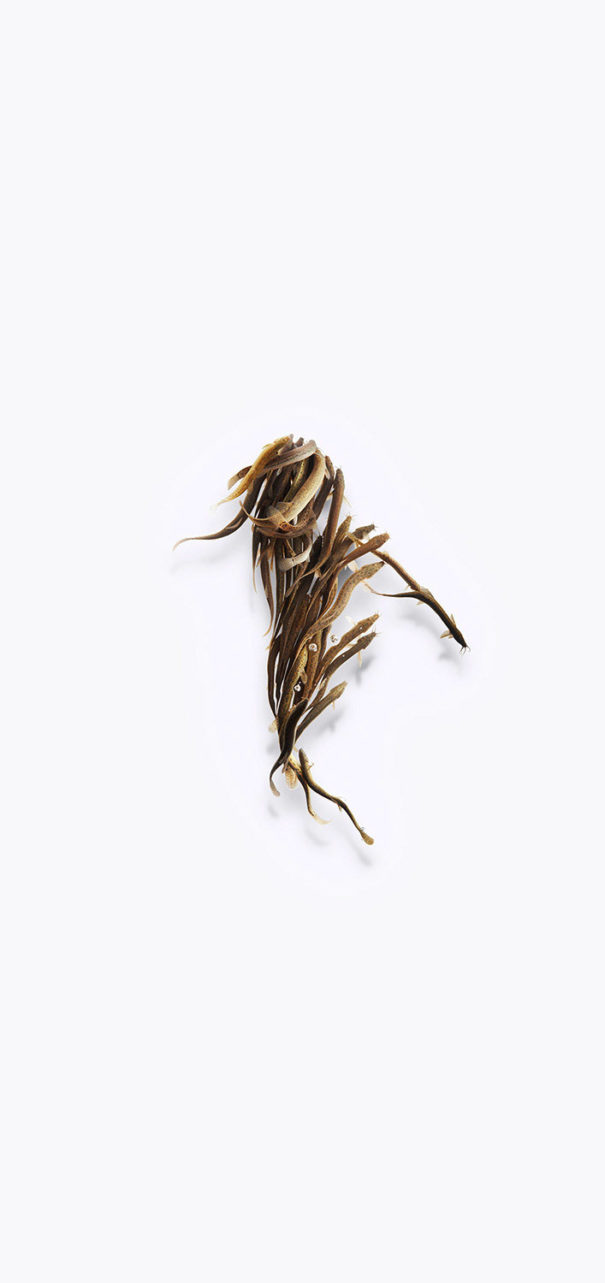
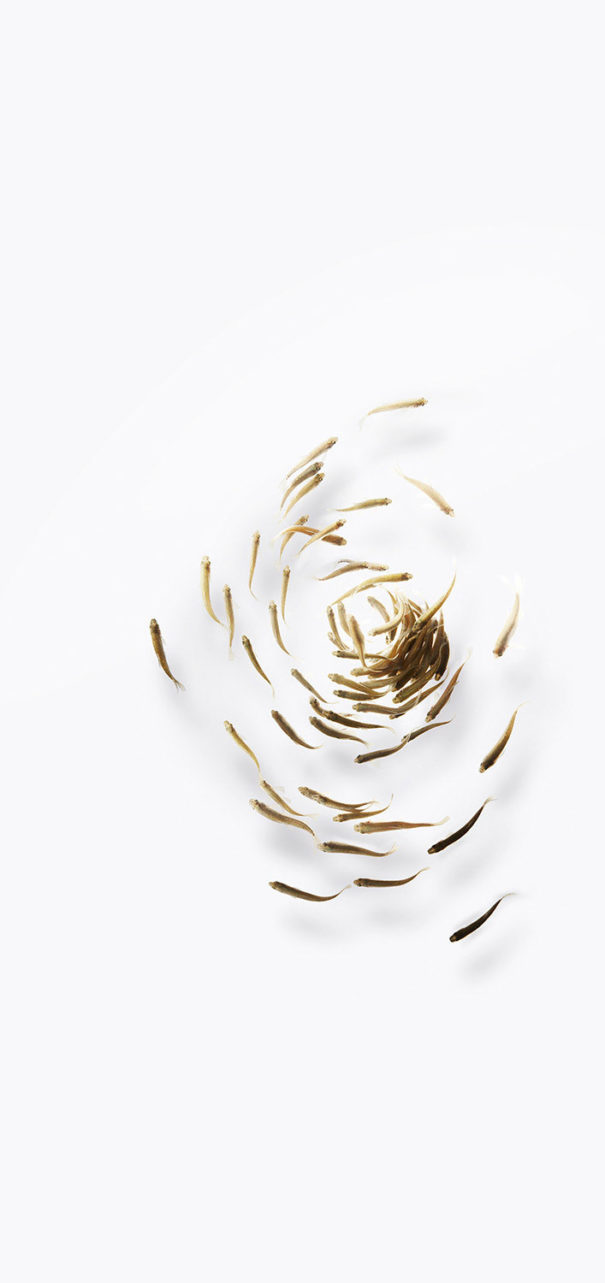
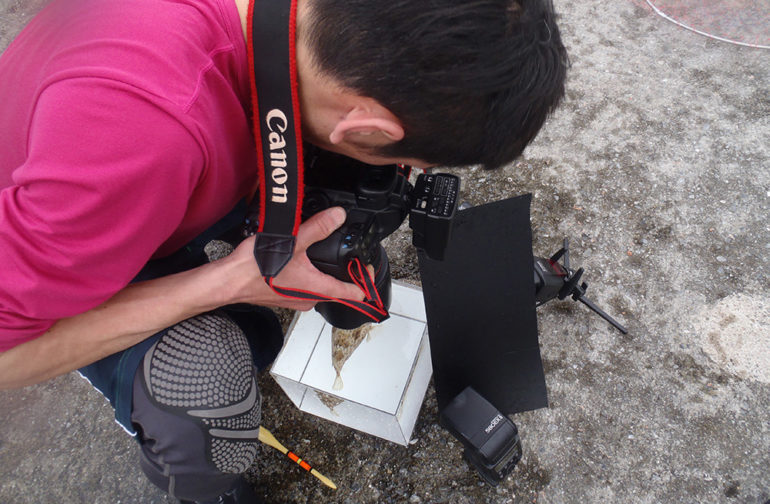
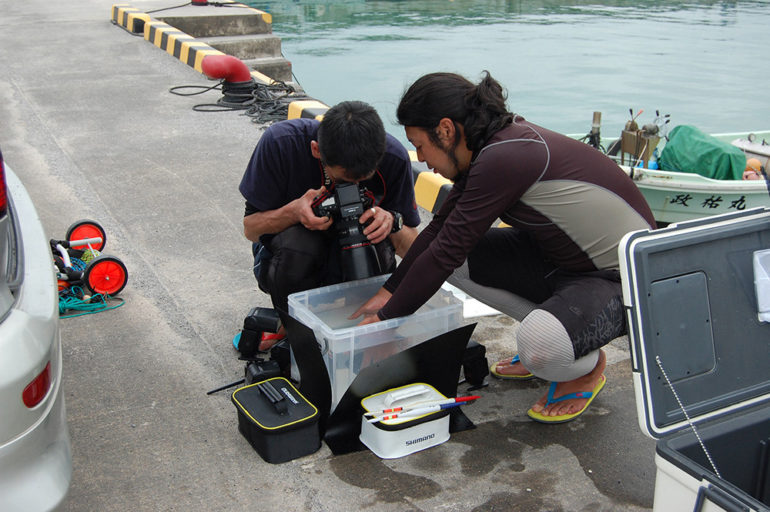
Photography has allowed us to explore and depict the wonders of nature in many different ways. Still, Nishibe’s Gyotaku series reminds us that inspiration comes everywhere, including timeless methods of creating art.
Check out Yusuke Nishibe’s website and Behance portfolio to see more of his photography projects.


